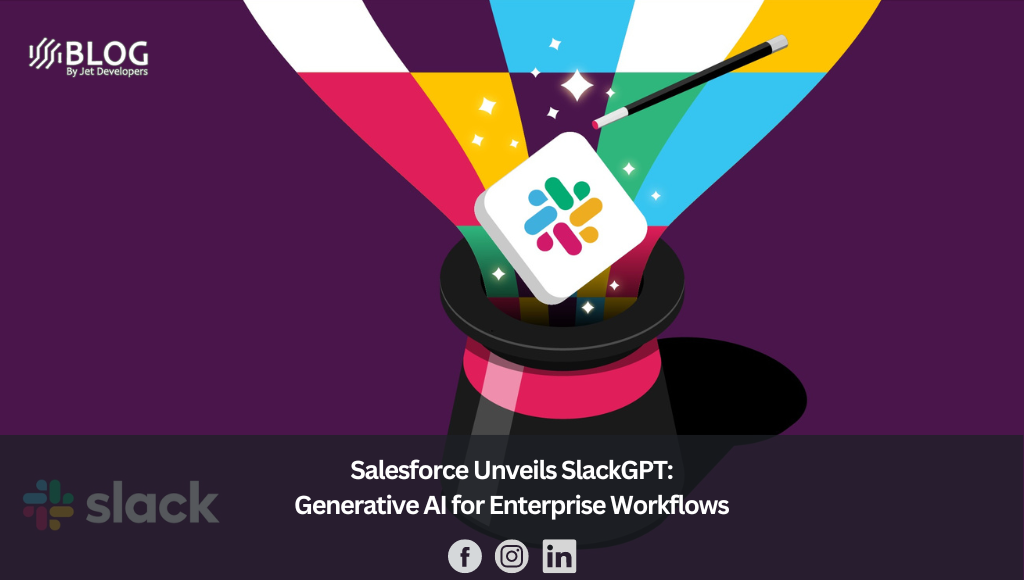Salesforce has announced the launch of SlackGPT, a new generative AI feature for Slack, during the NYC World Tour event. The purpose of this feature is to enhance team productivity within the workplace communication tool by utilizing Salesforce’s and third-party LLMs in combination with Slack’s internal knowledge. This move by Salesforce mirrors Microsoft’s similar effort to integrate AI copilot in the Teams app.
It is important to note that the rollout of SlackGPT to end-users may take some time, as Salesforce is still in the process of developing and testing the AI capabilities as part of the new Slack platform.
Salesforce’s SlackGPT: A Threefold Initiative to Boost Workplace Efficiency
Salesforce has identified three key areas that form the core of SlackGPT’s generative experience. The first is native AI features within the Slack app, currently being prototyped, to assist enterprise users with tasks such as summarization and drafting. For example, users can obtain a summary of a channel’s unread messages or catch up on a missed huddle by requesting a summary and action items. They can also use a writing assistant to create text, refine content, and adjust its tone.
The second area is an enhanced no-code workflow builder that allows teams to automate their work with AI by integrating large language model (LLM)-driven apps such as OpenAI’s ChatGPT or Anthropic’s Claude. This enables teams to use any generative AI tool of their choice to aid their work as needed. The app just has to be available within Slack’s ecosystem, which currently includes around 2,600 apps.
The third area is the inclusion of the Einstein GPT app in the Slack platform. This app provides enterprise users with additional capabilities for language generation, such as auto-completion of phrases and sentence structures. The app can also assist with tasks such as writing emails, documents, and chat messages.
Rob Seaman, Salesforce SVP of product management for Slack, believes that the writing assistant feature might be better suited for use in the Canvas, rather than the Slack message composer, for tasks such as drafting executive briefing documents. In addition, he provided an example of using AI apps in workflows, such as distributing leads from Salesforce to business development representatives (BDRs) and automating the qualification of leads.
Overall, SlackGPT’s three-pronged approach aims to improve team productivity by leveraging generative AI tools within the Slack ecosystem.






